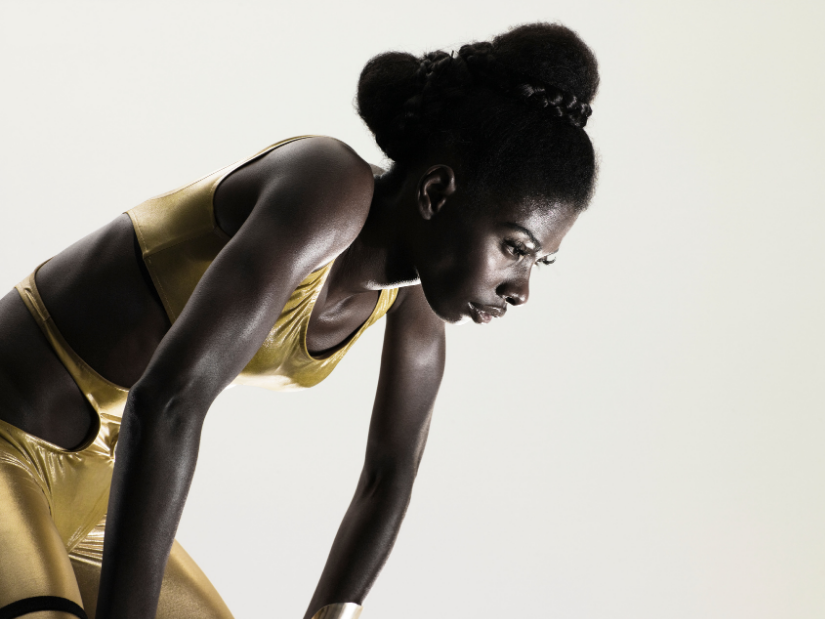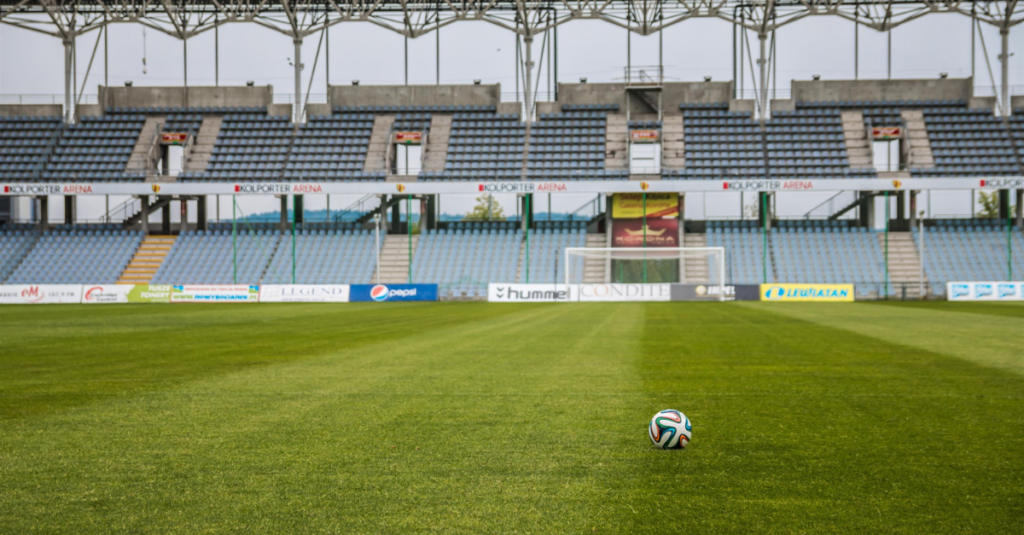As the world has been affected by the pandemic in many ways, it has also left its mark on the value of sports sponsorship. We have seen some major changes in the sporting landscape. This includes the acceleration of trends that have already gained some popularity within previous years, such as the growth of virtual online sporting events, or the significant rise of esports popularity.
To identify how the nature of partnerships has evolved and which trends arise from it, we have looked into Nielsen Sports Report – 2021 Global Marketing Trends, which has discovered some interesting key facts, in particular regarding brand activation and the acceleration of digital transformation across sport.
The rise of esports
As the alteration of media consumption shifted the role of sponsorship agreements towards more digital channels, ranging from social media, streaming platforms to other direct-to-consumer (D2C) platforms, esports has also seen its great rise on popularity.
The unsuprising evolution is reflected within the substantial growth of esports market, resulting in a total of $0.97 billion in 2020 and is projected to rise up to $1.8 by 2023, at a compound annual growth rate (CAGR) of 32%.
The absence of esports tournaments at live venues did not impact overall viewership numbers, either. According to Forbes, the esports audience reached 495 million worldwide in 2020 and will continue to grow up to 646 million in 2023.
This is making it an hugely attractive playing field to target young audiences, whilst connecting with them on a robust sponsorship platform. As the growth continues, esport sponsorship create new oppertunites and strategies for brands and right holders to form new valuable partnerships.

Using athletes to highlight a social cause
Also an interesting key trend, according to Nielsen Sport is the continued rise of athletes, using their voice to stand for a specific social or charitable cause and impacting the community through their immense reach across multiple platforms.
To underline the potential benefits for brands promoting their own values through rights holders with an authentic sustainable agenda, an athlete advocacy post can reach up to 63% engagement compared to other owned social media content.
According to Nielsen, 95% of athletes with more than 5 million followers on Instagram advocated for causes on social media, generated $314 million worth of Quality Indexed media value in 2020.

Digital streaming channels are becoming more prominent in sponsorships
As covid has forced consumers to spend more time indoors, the popularity of streaming channels such as Netflix and other OTT channels have increased significantly. Online video is the only format with growth in 2020, and leading to continued growth in 2021 (WARC).
Netflix is one example, which had substantial growth since the pandemic started, amounting to a total of 207.64 million paid subscribers worldwide as of the first quarter of 2021 (Statista, 2021), and in turn comprises one-quarter of all TV minutes viewed in the U.S. (Nielsen Total Audience Report).
By providing consumers with behind the scenes content or original films, brands are offering consumers a new kind of brand experience and enabling them a view from a different kind of angle. Netflix F1 Series or Tottenham Hotspur’s “All or Nothing” documentary series are just a few of them that have impacted the way fans felt towards the club in a positive way and increasing brand image significantly.
As a result, the function of these streaming platforms are consolidating themselves within the marketing channel and are becoming a prominent part within the media mix. As media is becoming more fragmented, a unifying measurement is needed, which include KPI measurements of such streaming channels, such as the total viewership or the length of the streaming sessions.
New technology solutions for digital event and live broadcasting will emerge
As mass gatherings for live events to remain a part of the future, new technology solutions and broadcasting innovations have been introduced and are still continuously being developed. According to IABM, 67% increase of investments are further to be introduced within broadcasting technologies, merging live and virtual events.
This in turn provides rights holders and brands with new opportunities to connect with fans, create new sponsorship models and assets with new forms of media. Spartan Race and Cycling’s Milano-Sanremo Virtual experience are just a few good examples of successful broadcasting of events on a diverse number of platforms, like GCN+ or Eurosports player.
As the online live viewing trend continues, better and enhanced technology will emerge in order to provide an improved home live streaming experience.

Sales impact is turning into the key driver of future sport sponsorships
As Covid has affected the global economy in many ways, marketing budgets are also facing their cuts. WARC Data | Global Ad Trends: The State of the Industry 2020/21 research has shown that ad money spent is down by 11% this year. Inevitably, this results in sponsorship models being reevaluated by brands, demanding more clarity on ROI. According to Nielsens report, their clients spend an average of 16% on sponsorships with the majority of them being inefficient in measuring direct sales.
As more transparency is needed, proving the effectiveness of partnerships in terms of sales impact is vital and therefore calling for a robust measurement framework that enables long term, as well as short term impact of sponsorships.

Leave a Reply